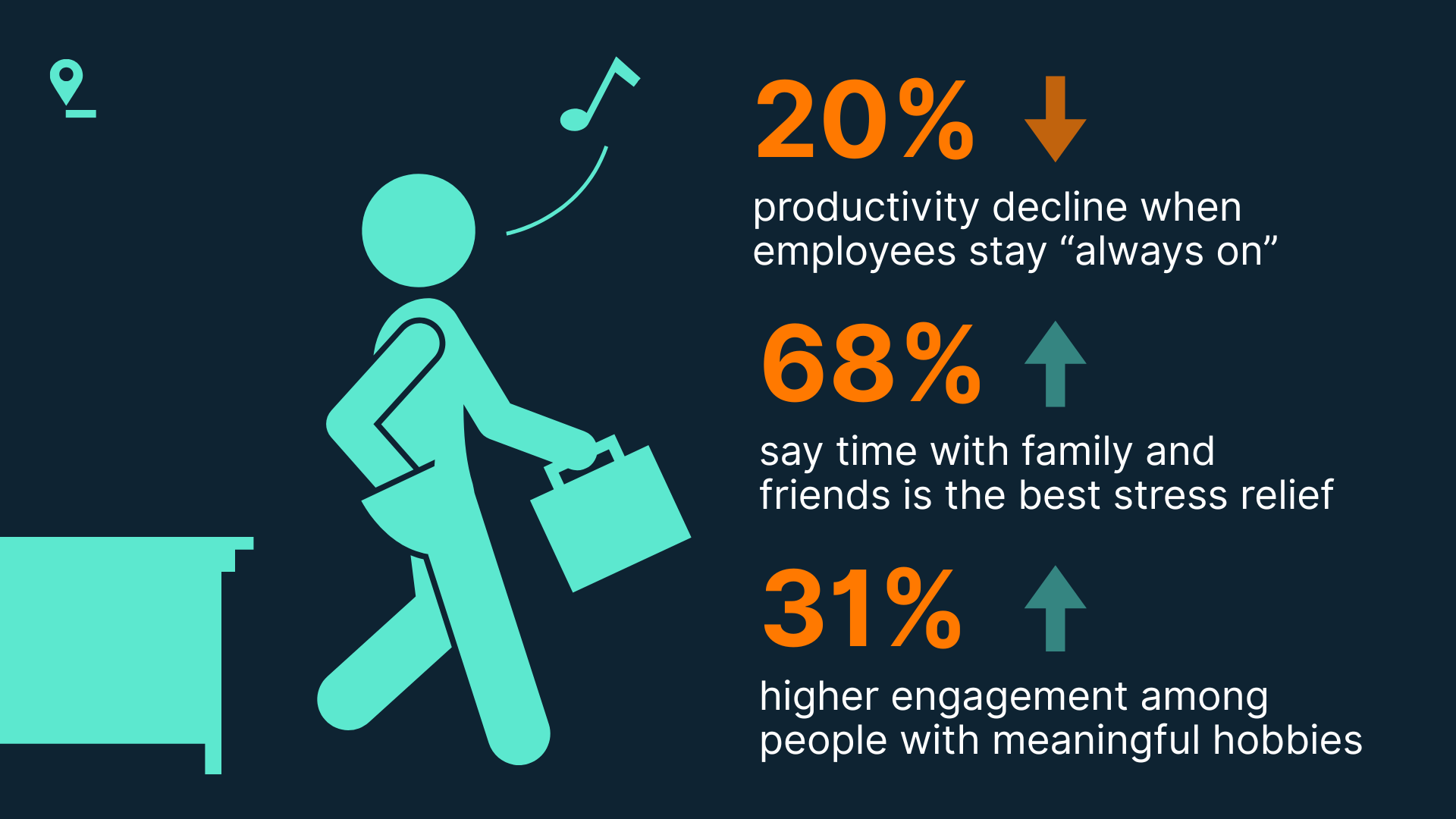Resilience
10 Essential Tips to Protect Your Business from Ransomware and Prevent Digital Kidnapping
Ransomware: the silent threat that could bring your business to its knees. It is rapidly becoming one of the most dangerous threats in today’s digital world. Imagine logging into your system one morning, only to find that all your critical business data—customer records, financial files, and operational documents—has been hijacked. Cybercriminals have locked it away, demanding a ransom for its return. It sounds like a plot from a movie, but it’s an all-too-real nightmare many businesses face. Fortunately, as Corey LeBlanc, Locality Bank Co-founder, COO, and CTO, shares in his video, there are steps you can take right now to protect your business from becoming the next victim.
What is Ransomware?
Ransomware is essentially a digital kidnapping. Hackers gain unauthorized access to your systems, encrypt your data, and hold it hostage. If you don’t pay up, you may never see your files again, bringing your business to a grinding halt.
How Can You Protect Your Business?
Here are ten crucial tips to help safeguard your business against ransomware attacks:
- Check the Sender’s Address: The first line of defense is scrutinizing the sender’s email address. Does it look right? A tiny discrepancy can be a massive red flag. Cybercriminals often use addresses that closely mimic legitimate ones to deceive you. Stay sharp—if the sender’s address doesn’t match your expectations, don’t engage.
- Verify the Domain: Imagine receiving an email from what appears to be your bank, but the domain is slightly off—something like @locality-bank.com instead of @localitybank.com. This is a minor detail, but one that could cost you big time. Always verify that the domain matches the company’s official website before clicking any links or providing information.
- Spot the Typos: Cybercriminals are in a rush, and their sloppy work can be your saving grace. Legitimate businesses take time to ensure their communications are polished. If you spot spelling errors or awkward grammar, be on high alert. It might just be the telltale sign of a phishing attempt.
- Beware of Urgency or Threats: “Act now or lose everything!” These kinds of scare tactics are designed to make you panic. But don’t let them. Emails that pressure you to act quickly without giving you time to think are often up to no good. Take a breath, step back, and evaluate the situation before doing anything else.
- Examine the Email Greeting: Consider how a company you trust addresses you. Is it “Dear Valued Customer” or “Dear John”? Personalized greetings are a hallmark of legitimate communications. On the other hand, generic greetings are often a sign that you’re dealing with a mass phishing attempt.
- Inspect Links Carefully: Before you click on any link, hover over it to see where it’s taking you. Does the URL look suspicious or unfamiliar? If the link doesn’t match the site it claims to represent, steer clear. This simple step could save you from opening a Pandora’s box of trouble.
- Be Wary of Unusual Requests: Legitimate businesses will never ask for sensitive information like your Social Security number or EIN via email. If you receive such a request, it’s a glaring red flag. Don’t fall for it—delete the email immediately.
- Use Your Security Tools: You wouldn’t leave your front door unlocked, so why leave your inbox unprotected? Make full use of your spam filters, antivirus software, and other security tools. These barriers can block malicious emails before they even reach you.
- Verify with the Source: When in doubt, pick up the phone. If something feels off about an email, contact the sender through a trusted method to verify its legitimacy. A quick call can prevent a potentially disastrous mistake.
- Act Now to Protect Yourself: The most important tip of all? Don’t wait. Cybersecurity isn’t a one-time task—it’s an ongoing process. Integrating these steps into your daily routine, you’ll create a robust defense against ransomware and other cyber threats.
Following these tips can significantly reduce the risk of ransomware affecting your business. But remember, these steps only work if you make them a regular part of your routine.
Cybersecurity isn’t just a one-time effort—it’s an ongoing battle. Staying one step ahead of cybercriminals requires vigilance and a proactive approach. So don’t wait until it’s too late. Protect your business today and avoid becoming the next victim in this growing epidemic of digital crime. If you need more information or assistance, don’t hesitate to reach out—we’re here to help you stay secure. Email us at info@localitybank.com.
Disclaimer: The information provided in this content is for general educational purposes only and does not constitute professional advice. Locality Bank makes no warranty, express or implied, nor assumes any legal liability or any responsibility for the accuracy, correctness, completeness, or any actions taken based on the information provided. Loan programs, terms, and requirements are subject to change. Deposit accounts are subject to account opening requirements. Always consult a qualified professional for specific guidance related to your situation.


